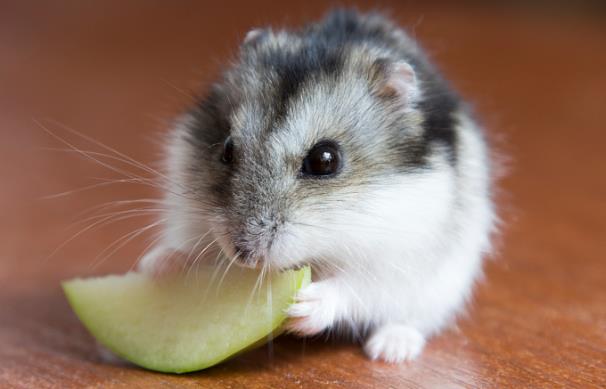A Guide to Key Steps in Hamster Breeding
I. Pairing Selection
Species Matching
- Syrian hamsters must mate individually and be separated immediately after breeding. Dwarf species can attempt group breeding but require close observation.
- Health Standards: Choose 3–4-month-old individuals with dense fur and high activity. Female weight should be ≥90g.
- Genetic Avoidance: Avoid pairing curly-haired × curly-haired or shiny-haired × shiny-haired to prevent genetic defects in offspring.

II. Mating Process
Environmental Preparation
- Use a 40×30×25cm breeding cage lined with 5cm of sterile wood shavings.
- Observe through a partition in a "dating cage" for 3 days before cohabitation to ensure no aggressive behavior.
Behavior Monitoring
- Optimal mating occurs between 8–10 PM, lasting about 30 minutes.
- After successful mating, the female will frequently lick her genital area, and the male may experience temporary weight loss.
III. Pregnancy Management
Nutritional Supplementation
- Add high-protein foods like mealworms or cheese daily, but avoid overfeeding to prevent dystocia.
Environmental Adjustments
- Remove exercise wheels and other hazards starting on day 10 of pregnancy (15–20-day gestation).
- Maintain a dark, quiet environment; sudden noise may cause the mother to cannibalize pups.
IV. Postpartum Care
Pup Protection
- Do not touch pups for the first 4 days. First bedding change can occur at 10–12 days.
- Weaning & Separation: Separate by gender immediately at 21 days to avoid inbreeding.
- Breeding Frequency: Limit females to ≤4 litters per year and 2–3 lifetimes to prevent health risks.
V. Special Situations
Pseudopregnancy Identification
- Non-pregnant females may exhibit nesting behavior, which resolves within ~10 days.
Dystocia Response
- If labor exceeds 24 hours, contact an exotic pet veterinarian immediately.
(Wear gloves during handling to minimize human scent interference.)
